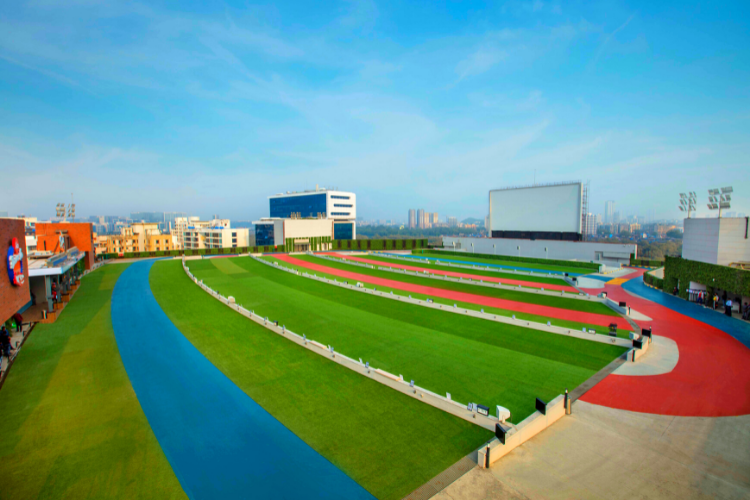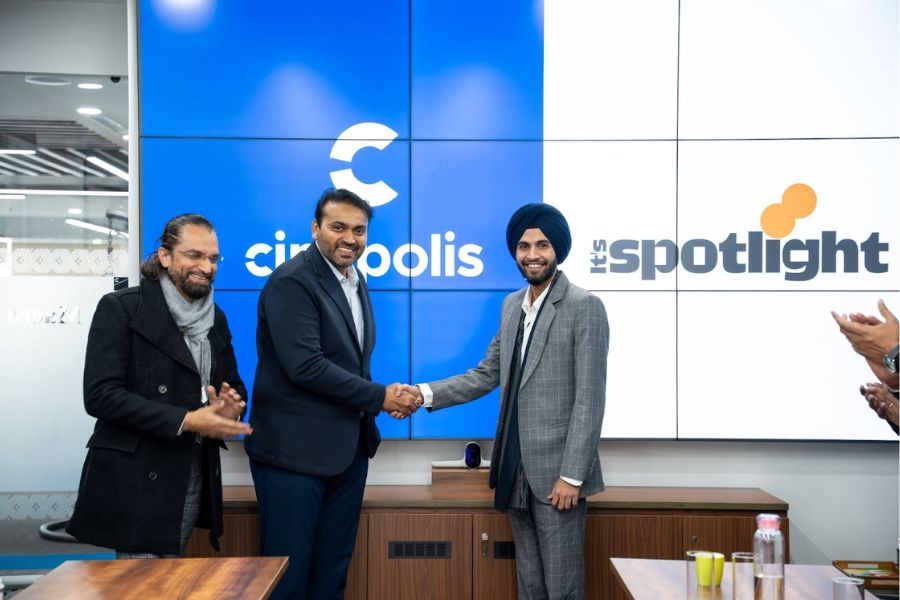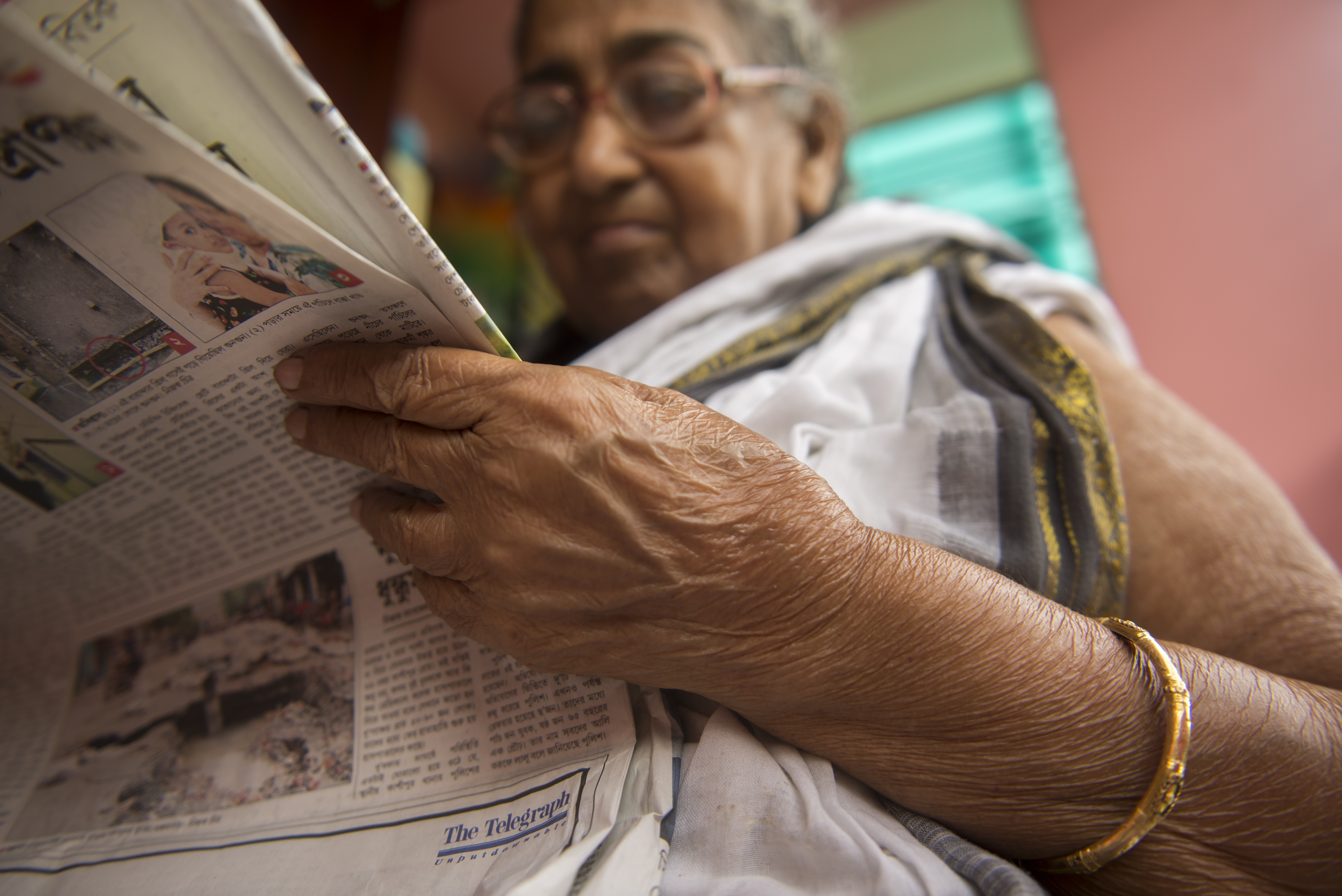The cinema industry was in a dry spell for 18 months due to the pandemic and multiple lockdowns. With the Maharashtra Government granting levy to cinema players for 50% occupancy on 22 October 2021, the gusto of movie affinity consumers has returned.
Along with this mounting drive, PVR and Jio's World Drive mall opened up a nostalgia-themed drive-in cinema concept in Mumbai on 5 November.
This format opened its gates to viewers with 2021's big-ticket film Sooryavanshi.
Campaign India spoke to cinema leaders and media agencies on the revival of this new format, ticket revenue sales the medium is garnering post reopening, and whether cinema advertising is among a marketer's interest points in the current market.
Alternative methods to drive consumers
With consumers returning to a new market, alternative methods for entertainment are the need of the hour.
Explaining the thought behind PVR's 'Drive in' cinema, Gautam Dutta, CEO, PVR, said, "Drive-in theatres are likely to attract audiences in a big way as the concept may sound appealing to people considering the times (Covid-19 pandemic) that we are in."
He added, "PVR is not in the movie exhibition business but in the business of out of home entertainment. We are optimistic that this formula is going to work if we keep ticking the boxes of the right location and demography, we can take it to other cities as well."
Giving an agency's perspective, Deepak Kumar, country head, Hyperspace, said that the format has a nostalgic appeal and has heightened the viewing experience with close acquaintances.
"With a large open space, plenty of food counters add to the fun. Brands should look at the on and off-screen marketing opportunities for better impact and results. Drive-ins would help enhance the experience of a cinema-goer," he said.
R Venkatasubramanian, president and national head - investments, Havas Media Group India, added that this innovation is great, especially for the younger audiences.
"With markets reviving, people would like to relive the experience of a drive-in cinema on a big screen, especially the younger audience. This is the right opportunity for brands to use this medium effectively," he said.
Ajay Mehta, founder and MD, Interactive Television (iTV) and MD, Kinetic India, is of the view that this offering should appeal to advertisers. He said, "Drive-in’s in India have been popular but have lacked the backing of organised players. With PVR and Jio coming together, we expect this to become an active part of the social schedules of consumers. It can offer interesting opportunities for various categories of clients which can be contextual, and we see the definite appeal for this destination for advertisers."
Big-ticket films = Amplified footfalls
The cinema industry was banking on big-ticket films like No Time to Die, Sooryavanshi, Annaatthe, and Eternals for their revival.
Like an antidote, these films have performed at par or even more than the pre-Covid times, considering there are still states with fewer occupancy permissions.
Cinema experts say that quality content with big Bollywood stars in the pipeline with vaccination levels on the rise will lead to a positive growth trajectory for the industry.
Dutta said, "In multiplexes across India, 70% of the allowed seating capacity (some states have only allowed 50% occupancy) was occupied during the Diwali weekend, which is extraordinary. The business of all the four films has exceeded our expectations. These films were critical and their current box office figures have put all anxieties and apprehensions to test whether people will go out to watch cinemas or not."
Anand Vishal, chief sales and revenue officer, INOX, added, "80% of our admits have come back with Sooryavanshi and nearly 86% of our revenues are back. This result is on the backbone of six to seven states which are still operating at 50% occupancy and the states of Punjab and West Bengal operating at 66% and 70% respectively. The remaining 10 states out of the 19 that we are based in are operating at 100%. Even with restricted capacities, we were able to reach 82% of the numbers that we were accounting for earlier."
Consumers aren't shying away from spending big. "The premium ticket spending is also at an all-time high which is a good sign of recovery", added Vishal.
Brands are parking media spends on cinemas
Shedding light on the brand appeal for drive-in cinemas, Dutta said, "The launch of this concept property in cinema exhibition space has garnered equity and mind-share among advertisers. We are already in an active discussion with many brands for sponsorship or association. Advertisers globally (likewise in India) are in a perennial hunt to associate with clutter-breaking newer formats, opportunities and experiences as they wish to capitalise on the additional reach. It offers initial pent up demand."
Vishal expects a 100% recovery only to be achieved by February 2022. "Advertisers and content go hand in hand. However, the recovery of the audience versus recovery of cinema advertising doesn't run at the same pace. It will take about six to nine weeks from now for advertising numbers to account for a 100% recovery rate. We are expecting January-February 2022 to be equal to January-February 2019-20 numbers," he said.
After the revival the general momentum from brands is positive. Venkatasubramanian shares, "Rajnikanth's ‘Annaatthe’ (Tamil/Telugu) clocked a collection of Rs 175 crore in seven days and ‘Sooryavanshi’ collected Rs. 116 crore in six days. It is a clear indication that people have started going to cinema halls to watch movies. Hence, brands are now considering cinema as part of their media plans to reach a potential target audience."
Mehta shared that categories like mobile phones, OTT, FMCG, and e-commerce, have come back to cinemas during the Diwali weekend. He said, "There is a strong lineup of movies across languages and we expect to witness more audiences coming back to the cinemas that will act as a catalyst for brands to invest in this medium."
Kumar added, "Cinema is the staple entertainment diet of India." He added that brands are looking at data and evaluating how they can make a comeback at the theatres, disclosing a steady spike in client requests.
Cinema advertising journeys back to glory days
Vishal believes that theatres will surpass its 2019-2020 numbers during the next financial year.
He said, "2021 is going to be a stunted operating year because cinemas were shut six to seven months after the lockdown too. We are confident that the numbers we accounted for in FY 2019-20, will be replicated and surpassed in FY 2022-23."
Venkatasubramanian added, "Apart from Kapil Dev’s biopic 83, there are many more movies in the pipeline such as Bunty Aur Babli 2, Spider-Man: No Way Home, The Matrix Resurrections that are slated for release in November-December 2021. While the capacity of the audience will not be 100%, it is an opportune moment for brands to consider the medium and invest money accordingly. Brands should devise innovations and movie integrations and engagement ideas with this medium to garner more attention."
Mehta added, "Movies in India are like religion. The success of cinema is linked to the kind of content which gets released on the medium. Cinemas had become an important part of the urban lifestyle pre-Covid and we expect that trend to continue now. Movies like 83 and others will only accelerate the return to normality and bring back the audiences."
Echoing the sentiments of the others, Kumar said, "Consumers are flocking back to the theatre with big releases acting like steroids. Hopefully, cinema will reclaim its past glory by the time we enter 2022."
Should cinema players and advertisers exclusively pin drive-in on their roadmap?
Dutta cautions that the concept cannot be a substitute for indoor theatres. "It is an interesting proposition for audiences and can be a big-screen experience in a new way", he points out.
Vishal thinks that while there will be a novelty for the drive-in cinema concept, it will wear out after a while. He said, "There are limitations the country has in terms of external environment restrictions, a certain number of shows you can screen, climatic conditions like the monsoon season. All these factors don't make it a commercially viable operation."




